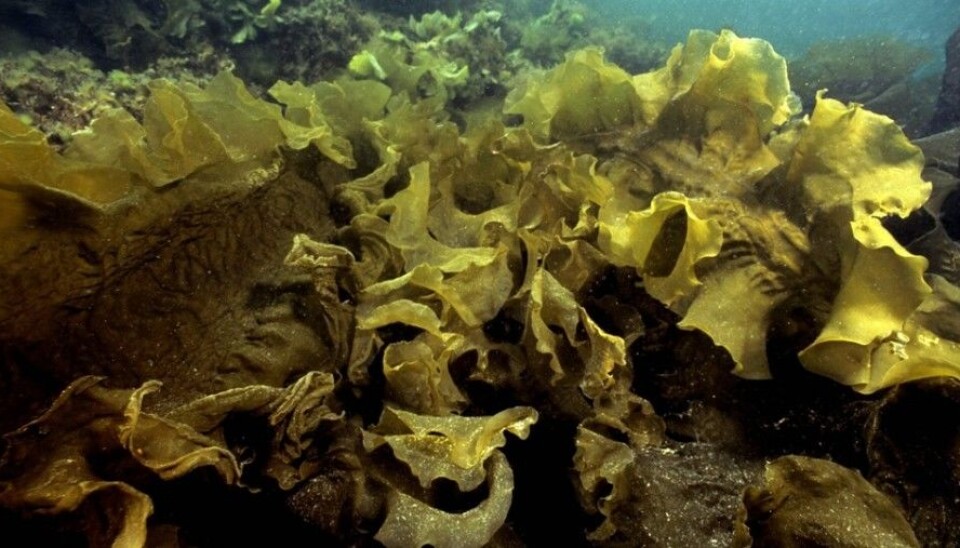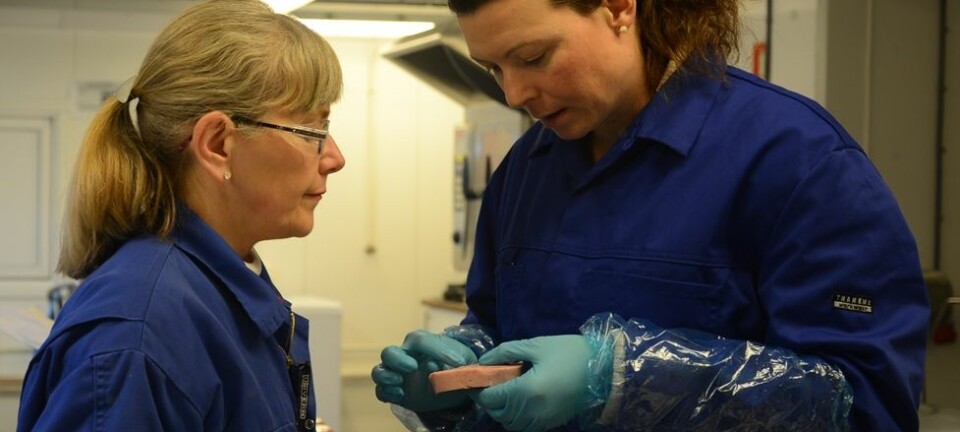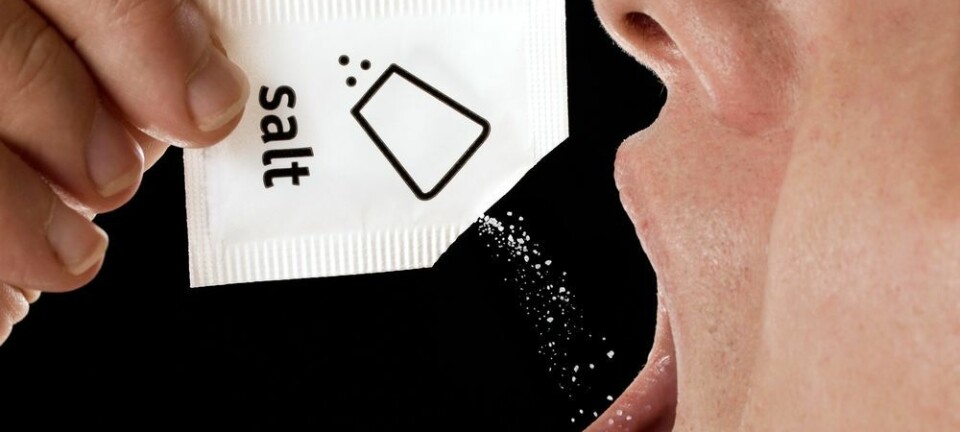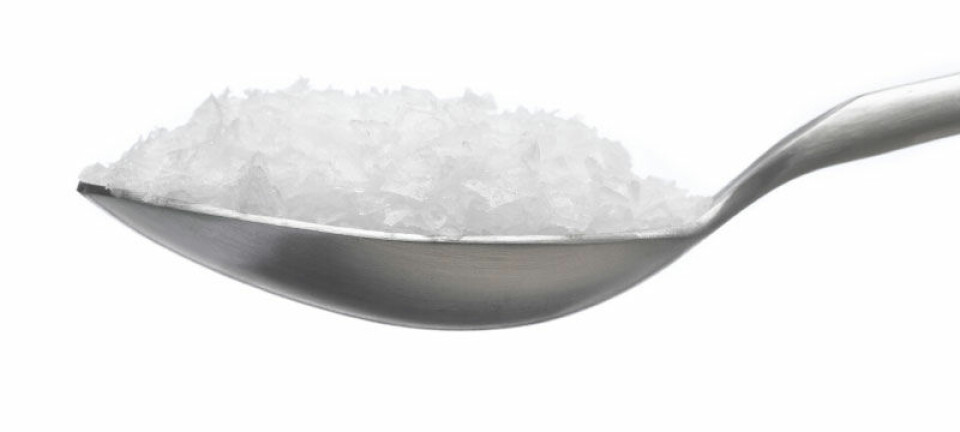
Can we use seaweed instead of salt?
We consume too much sodium chloride, common table salt, for our own good. But European researchers are closing in on a solution that could improve public health. It grows along the shore.
The World Health Organization (WHO) ranks salt high on the list of things that can shorten lives. Of course salt, or sodium chloride, is a necessary food ingredient which our bodies need. But high sodium intake is the major single risk factor for high blood pressure – hypertension – which raises the risk of cardiovascular disease.
This is a serious threat to Norwegians, who tend to eat twice as much salt as recommended by health authorities.
But cutting down on salt is not always easy.
Research challenges
Food tends to be rather bland and tasteless without a dose of sodium chloride.

Most of the salt we consume now comes from processed foods, from bread, cheese and meat products. The consequences for shelf life, appearance, consistence and taste are a big bite to chew if the food industry cuts back on salt as recommended.
This poses challenges for food researchers. Work is underway in Norway and abroad to find salt alternatives.
Collaboration with producers
In one effort, Norwegian researchers are cooperating with the food industry to produce three common foods using less salt. But the reduction must not be at the expense of taste, shelf life or quality. The project is trying to make healthier bread, processed cheese and smoked sausage. These are three foods that often find their way into the mouths of Norwegians on a daily basis.
The project SALTO is now halfway through a three-year term. The participants admit that their goals are pretty ambitious. Their target is to lower the sodium content in these three foods by 30 to 40 percent.
“You can’t just cut down the salt by these quantities. We need to add replacements for salt,” explains Kirsti Greiff, who works at the independent Norwegian research organisation Sintef.
Greiff is now working to find good substitutes for salt. She has worked with potassium salts and is now testing effects of replacements on the fibre contents in foods, among other challenges.
“We need to find the optimal salt substitutes for each individual product. Some things can be good for one food but alternatives need to be found for other foods. Each poses a different challenge. We haven’t arrived at decisions yet about which salt substitutes are best.”
Not an ideal alternative
Researchers in several countries are engaged in an EU financed project using seaweed as a substitute for salt. Saltwater algae have a natural salty taste and contain elements such as potassium and magnesium.
Scientists have boiled, blanched and dried brown algae and used them as food ingredients. The objective is to create a product that can be used industrially as a replacement for salt.
They have concluded that brown algae can play this role in industrial processed foods but it is not the ideal substitute.
European researchers think that seaweed can help as a substitute for some of the salt content in foods but it cannot fully replace it.
Kirsti Greiff is not involved in this project but she is open-minded about seaweed as a salt substitute.
“This is stimulating because natural ingredients in seaweed and kelp are potassium and magnesium, elements with qualities that make them attractive as substitutes for sodium in food,” she says.
Translated by: Glenn Ostling

































